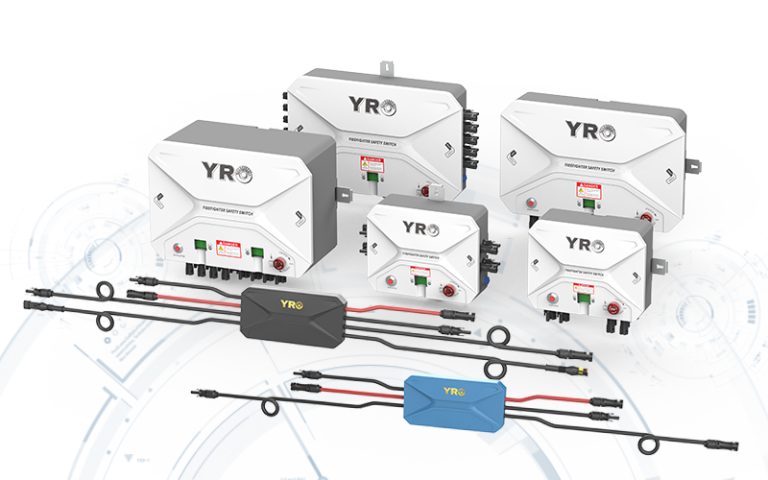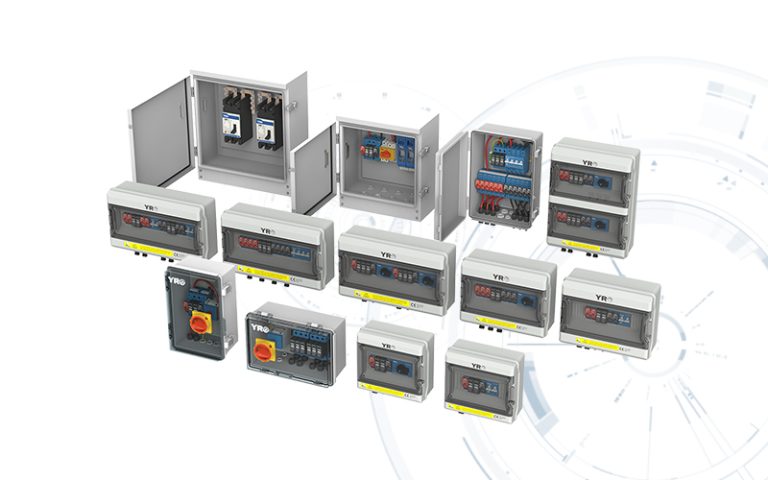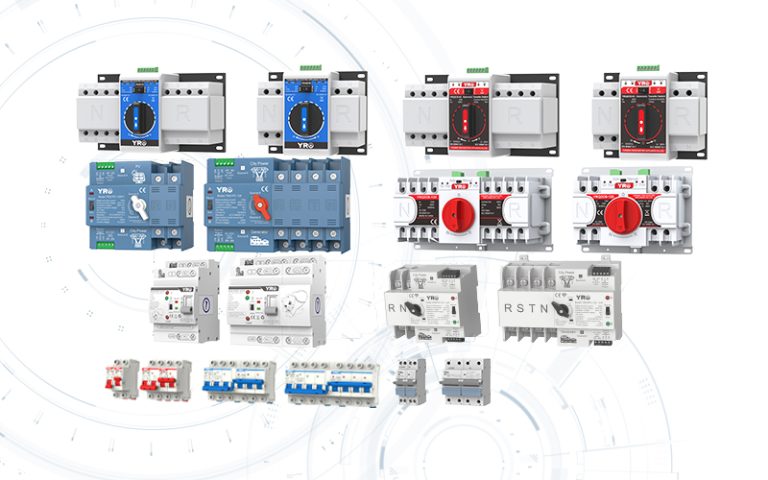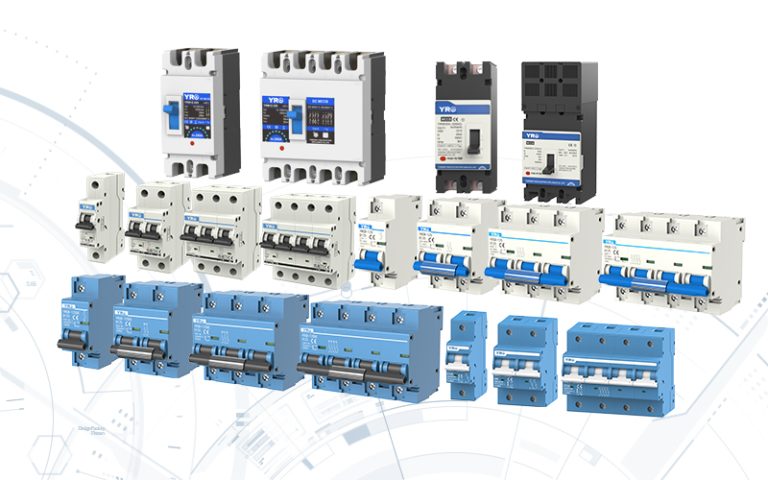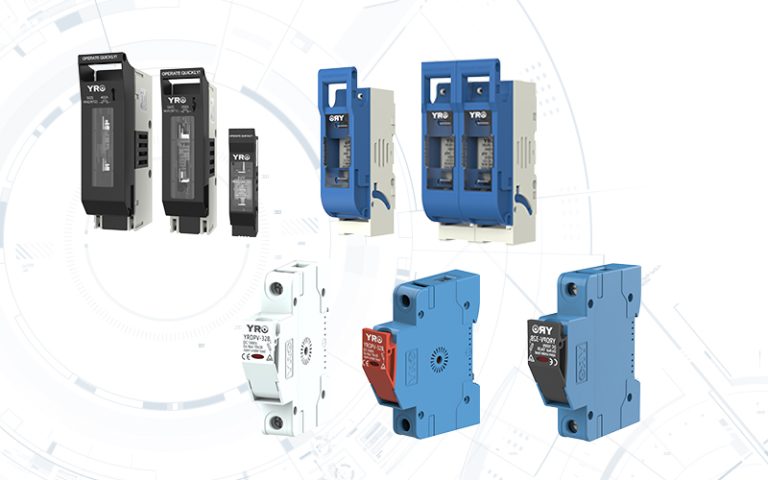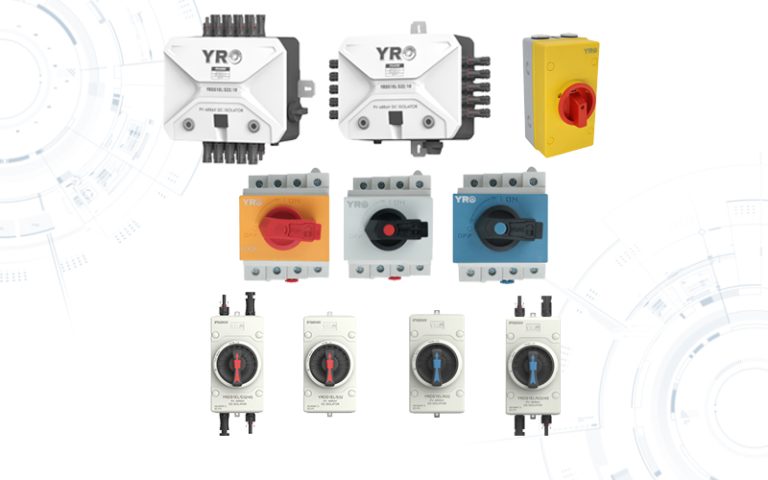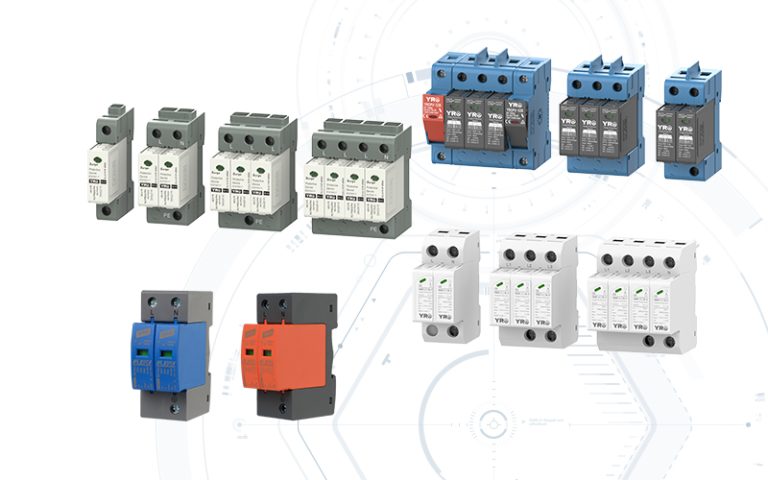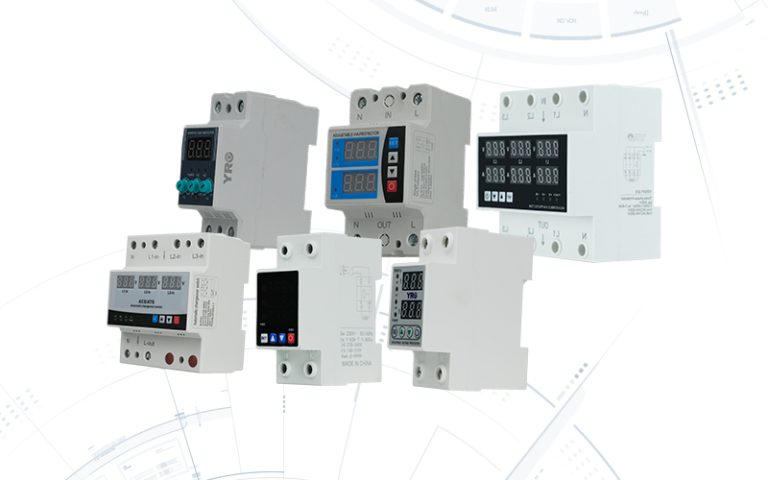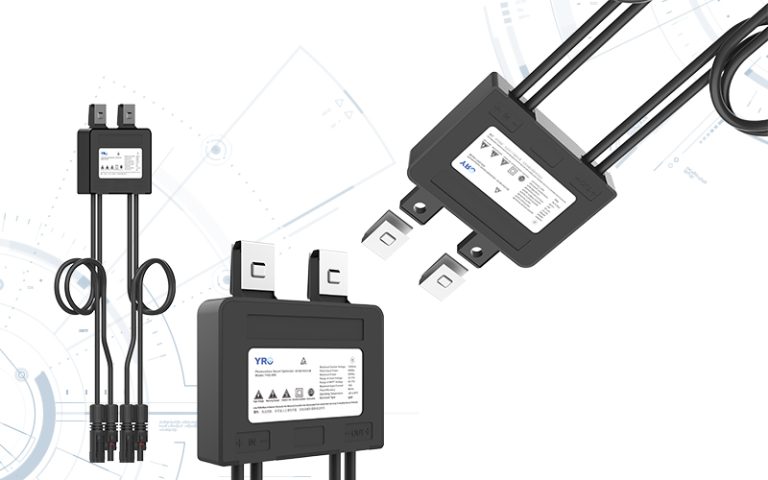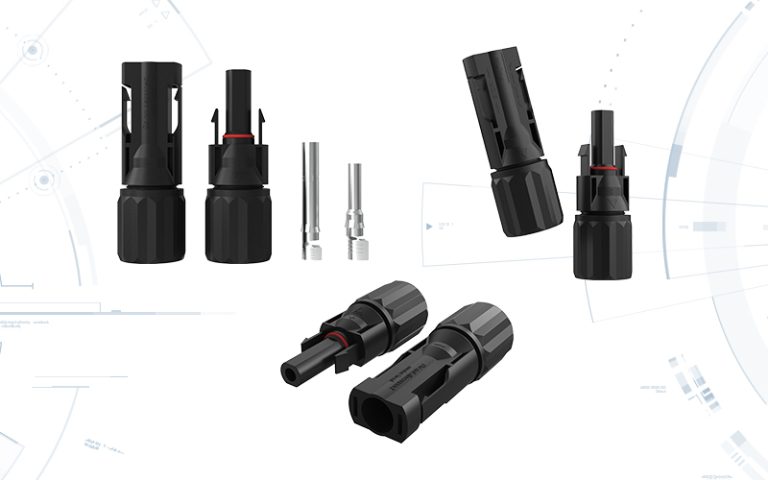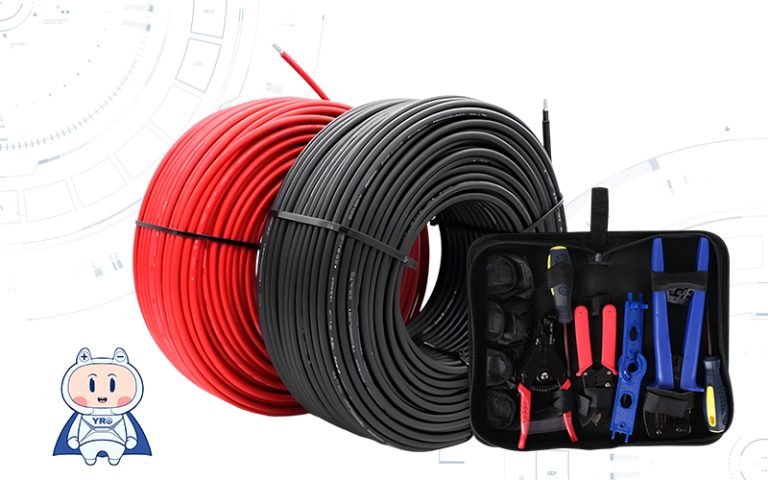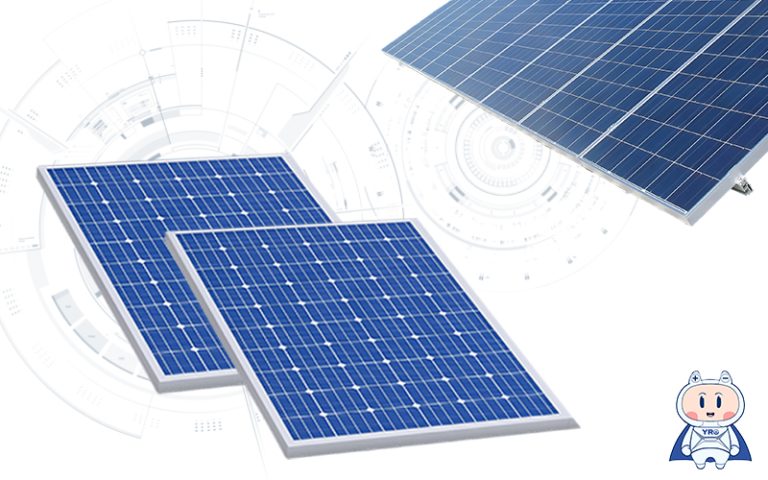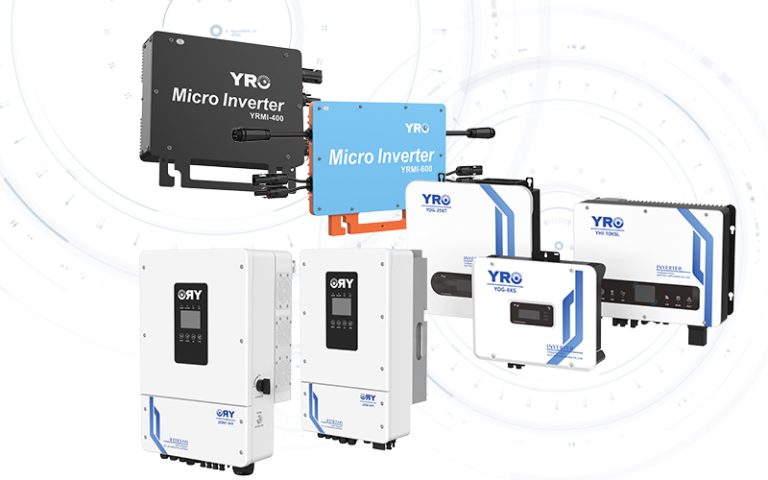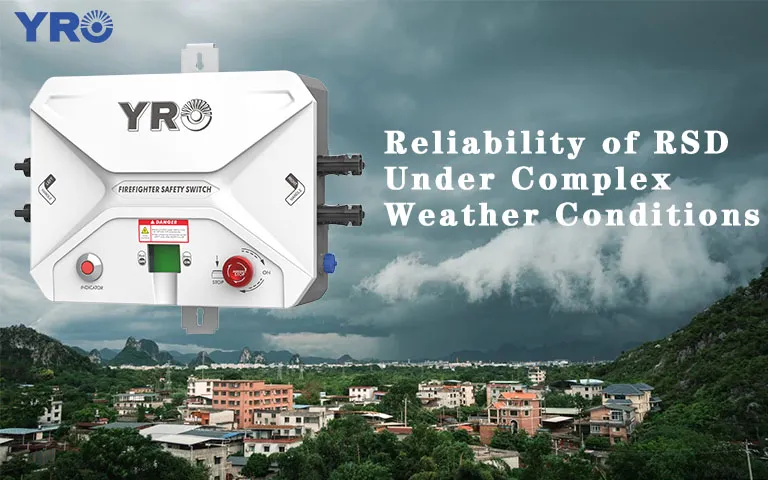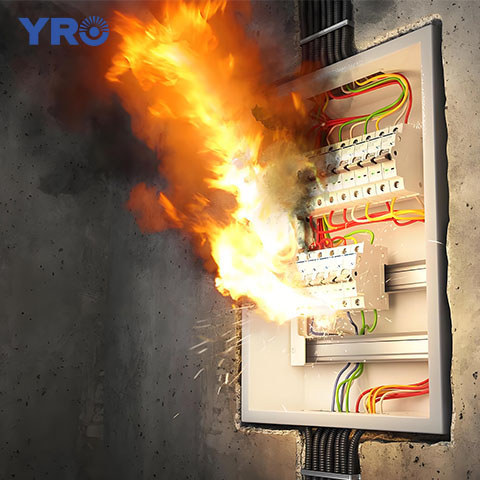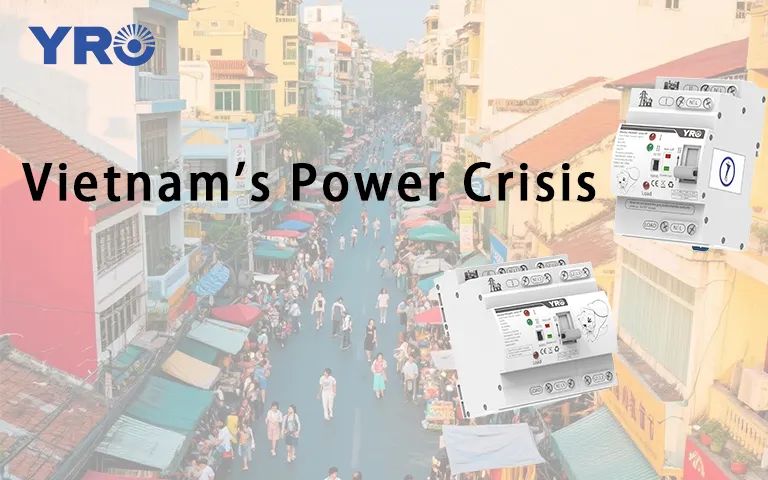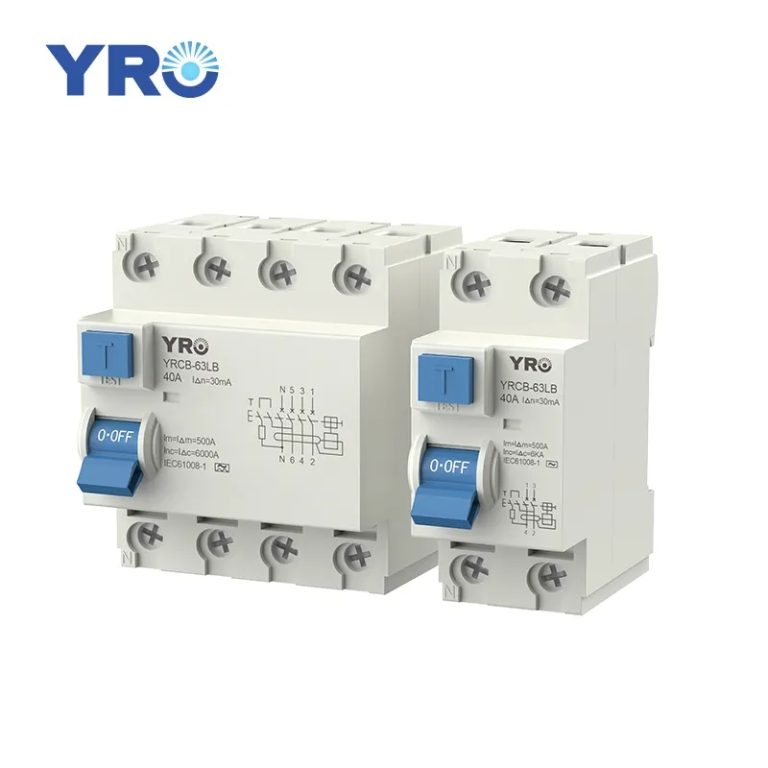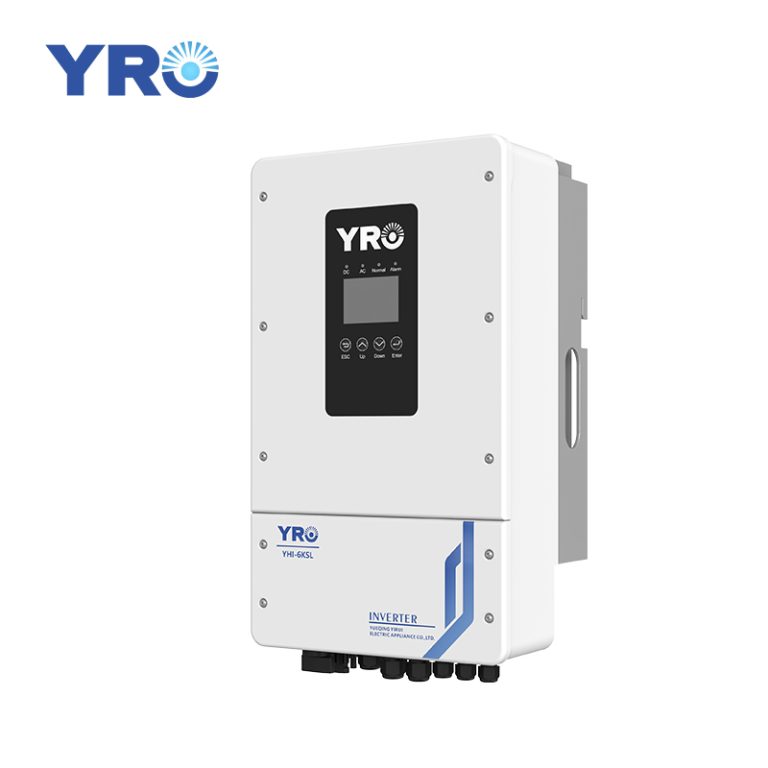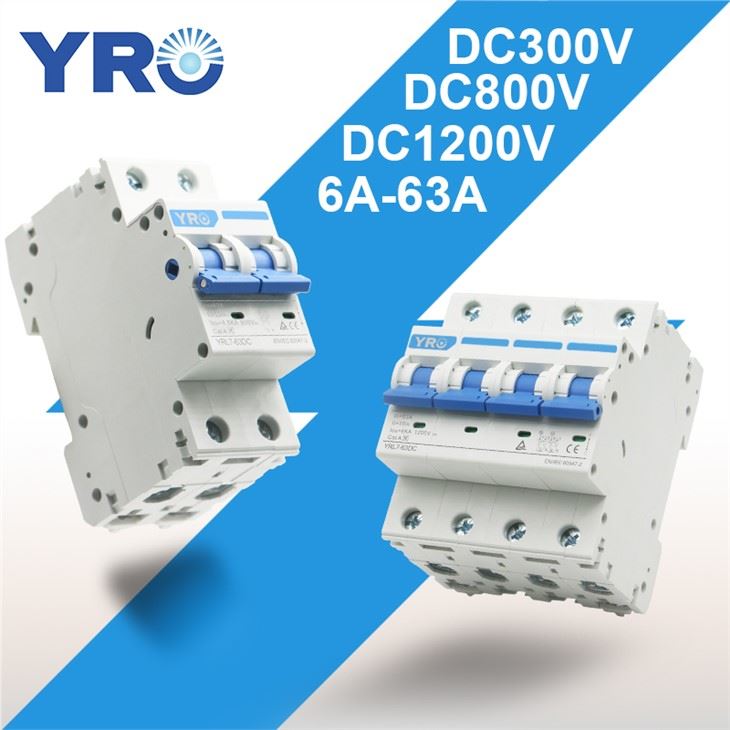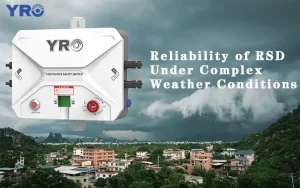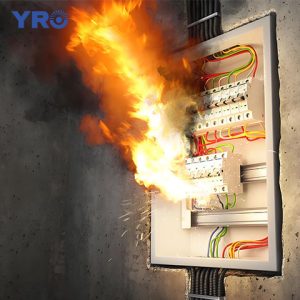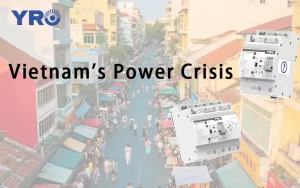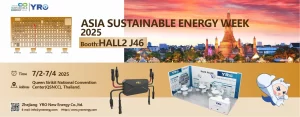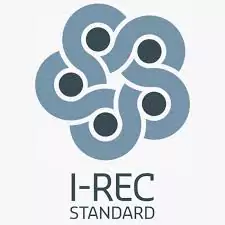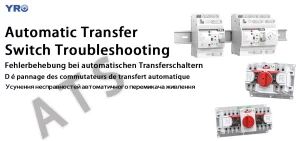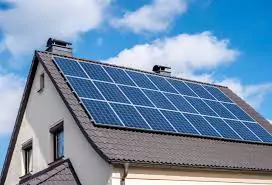Solar energy systems rely heavily on how solar panels are connected within the array. The wiring configuration impacts the system’s voltage, current, overall performance, and reliability. Two common ways to connect solar panels are in series and in parallel. Understanding the differences between these two methods is essential for designing an efficient solar power system tailored to your energy needs. In this article, we explore how to join solar panels, define series and parallel connections, compare their characteristics, and help you decide which option is best for your setup.
How to Join Solar Panels (Series and Parallel)
Connecting solar panels correctly is crucial for maximizing power output and ensuring system stability. Panels can be wired together either in series or parallel. The method you choose affects the electrical properties of the array, influencing the voltage and current supplied to your inverter or battery bank.
What Are Series and Parallel Connections?
Solar Panel Series Connection
In a series connection, solar panels are linked end-to-end by connecting the positive terminal of one panel to the negative terminal of the next. This setup causes the voltage of each panel to add up while the current remains the same throughout the string. For example, two 24-volt panels connected in series will produce a combined voltage of 48 volts, but the current output stays constant at the level of a single panel.
Solar Panel Parallel Connection
Parallel connection involves joining all the positive terminals of the panels together and all the negative terminals together. In this arrangement, the voltage across the array remains the same as a single panel, but the current from each panel adds up. For instance, if two panels each produce 10 amps, the total current flowing through the system will be 20 amps, while the voltage remains at the panel’s rated voltage.
Comparison of Series and Parallel
| Factor | Series Connection | Parallel Connection |
|---|---|---|
| Voltage | Voltage adds up (increases total voltage) | Voltage remains constant (same as a single panel) |
| Current | Current remains constant (same as one panel) | Current adds up (increases total current) |
| Power Output | Power increases by increasing voltage at constant current | Power increases by increasing current at constant voltage |
| Shading Sensitivity | Highly sensitive; shading one panel affects whole string | More tolerant; shading one panel has little effect on others |
| Inverter / Battery Match | Best for high-voltage inverters, long cable runs | Best for low-voltage battery banks, high current needs |
| Wiring Complexity | Simpler wiring (daisy-chained) | More complex wiring (multiple junctions required) |
Voltage
Series wiring increases the total voltage by summing the voltages of each panel. This is ideal for systems that require higher voltages to match inverter specifications or reduce transmission losses over long cable runs. Parallel wiring maintains a constant voltage equivalent to one panel, which is beneficial when matching battery bank voltages.
Current
In series connections, the current stays the same as a single panel’s output. Conversely, parallel connections increase total current by adding the current output of each panel, supporting applications that need higher current levels.
Power Output
Both series and parallel configurations increase total power output by combining panel capacities. Power (watts) is the product of voltage and current, so series wiring raises power by increasing voltage, while parallel wiring does so by increasing current.
Shading Sensitivity
Series-connected panels are more sensitive to shading because a reduction in current in one panel limits the entire string’s performance. Parallel wiring offers better shading tolerance since shaded panels do not significantly reduce the current produced by other panels.
Inverter / Battery Match
Choosing between series and parallel often depends on the voltage and current input requirements of your inverter or battery system. High-voltage inverters usually favor series connections, while low-voltage battery banks often benefit from parallel configurations. Matching the wiring to your system’s components ensures maximum efficiency.
Wiring Complexity
Series connections generally require simpler wiring because panels are daisy-chained. Parallel connections need more complex wiring with multiple junctions to combine terminals, which can increase installation time and cost.
Which Is Better for You?
Best Use Case
If your system is grid-tied with a high-voltage inverter and minimal shading, series connections are typically more efficient. They help reduce wiring losses and optimize inverter input voltage. On the other hand, if your setup includes off-grid battery banks, has shading concerns, or requires higher current, parallel connections are more suitable.
In many real-world solar installations, a combination of series and parallel wiring is used to balance voltage and current to fit specific system requirements.
Conclusion
Understanding the differences between solar panels in series vs parallel connections is vital for designing a solar system that maximizes performance and longevity. Series wiring increases voltage and suits high-voltage applications but is more affected by shading. Parallel wiring increases current, offers better shading tolerance, and fits low-voltage battery systems better. Evaluating your inverter and battery specs, shading conditions, and power needs will help you decide the optimal wiring method for your solar panel array.

